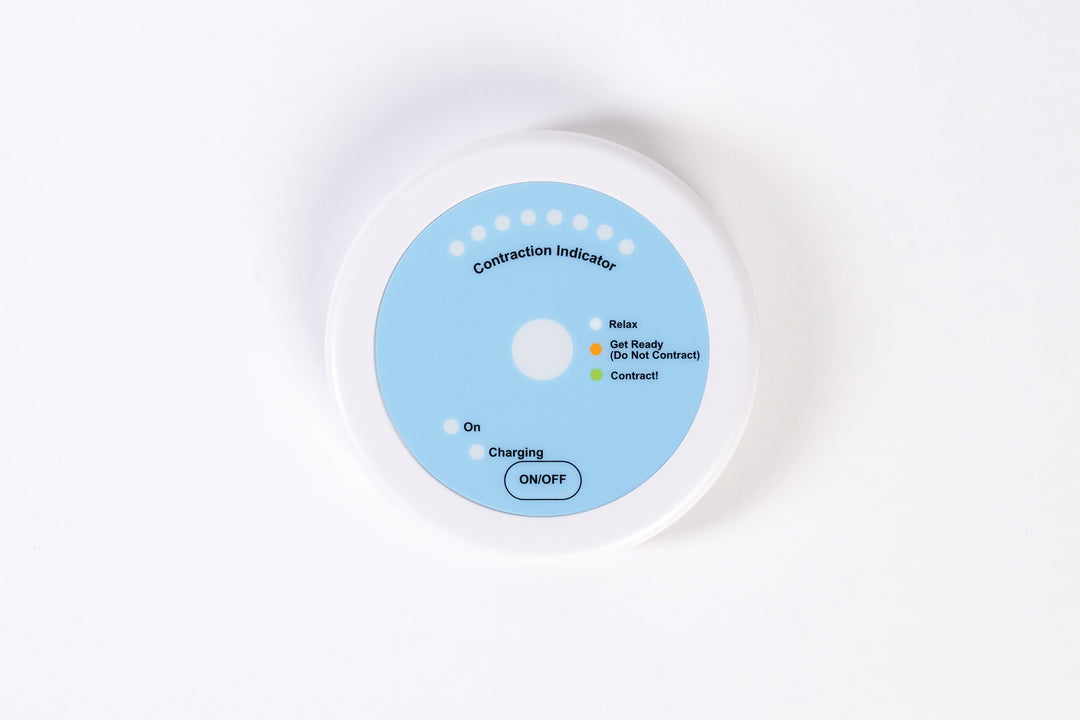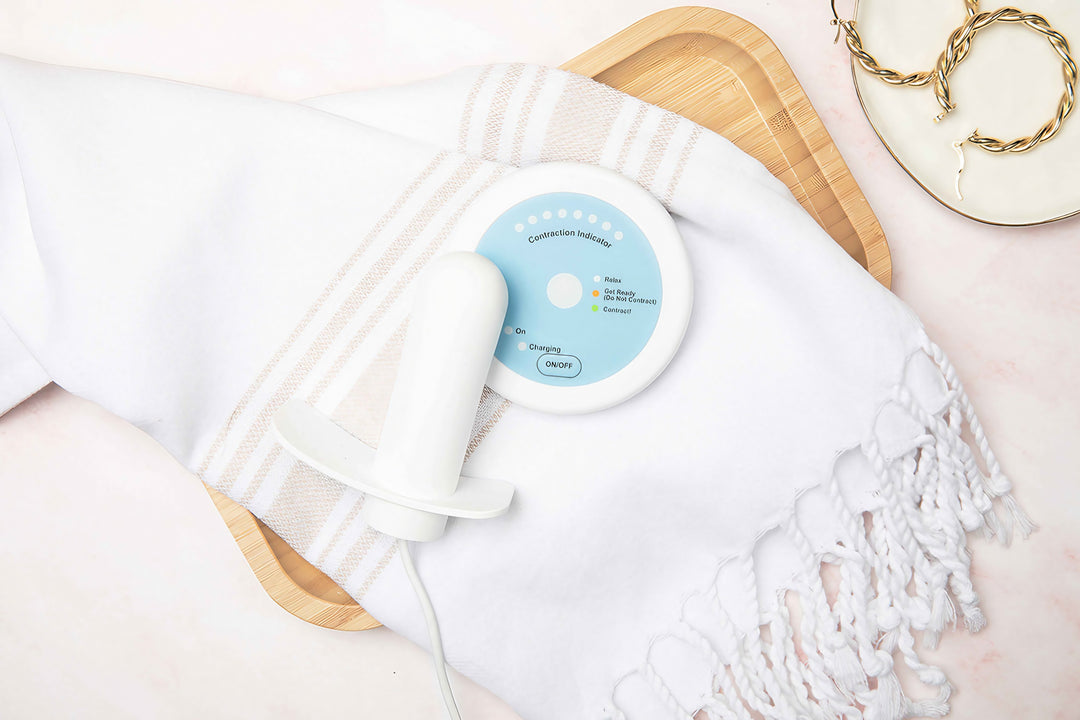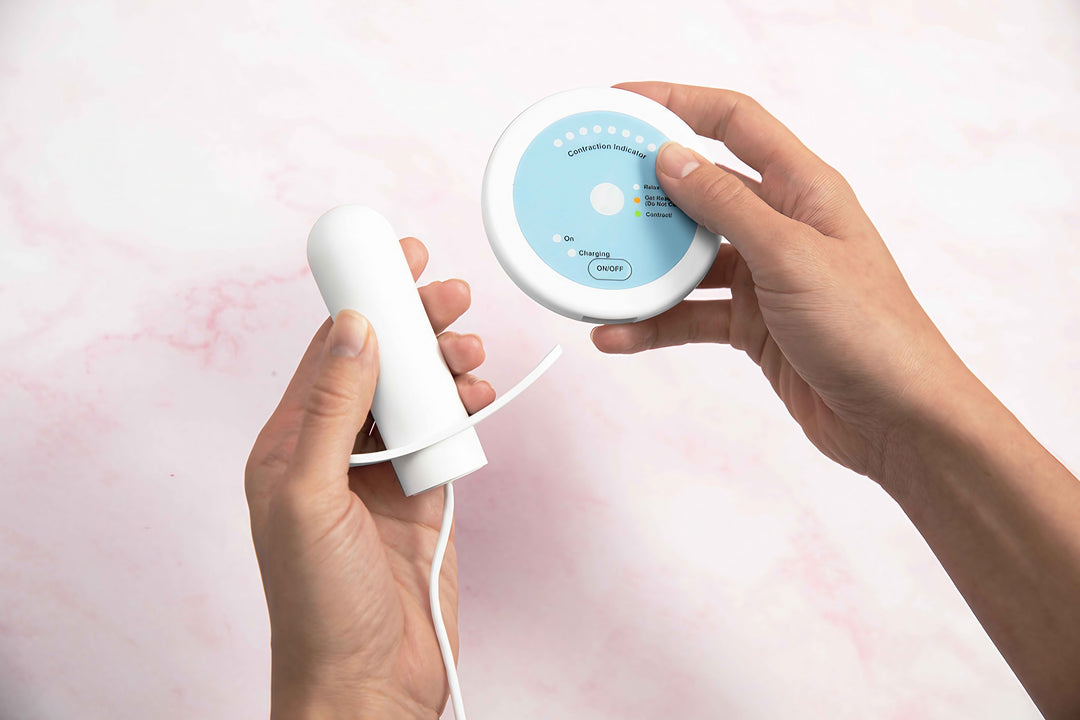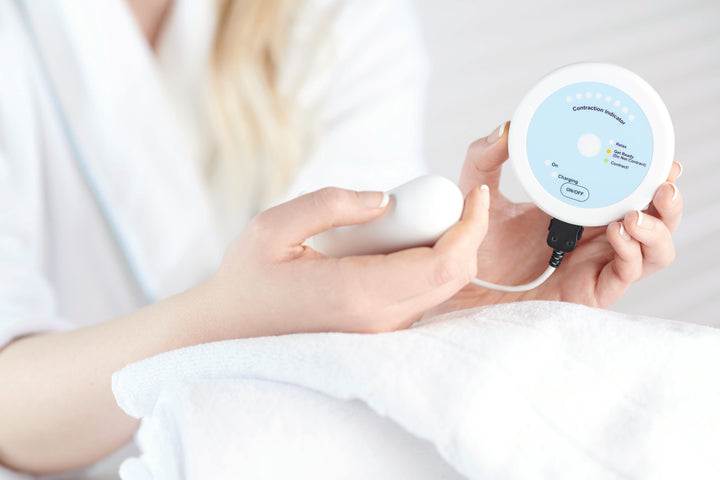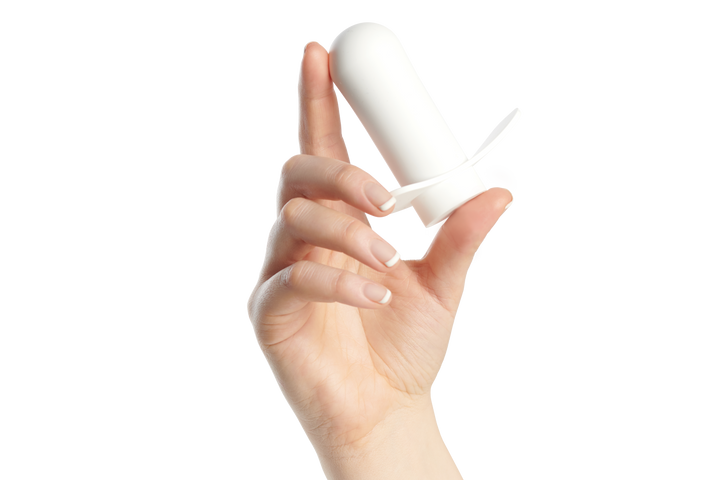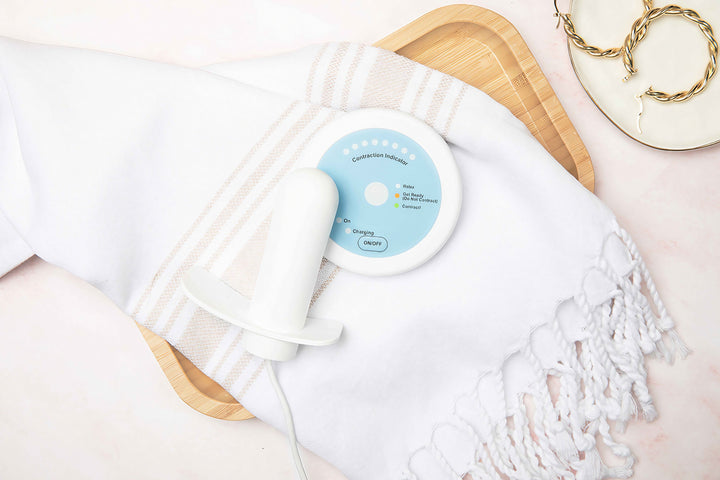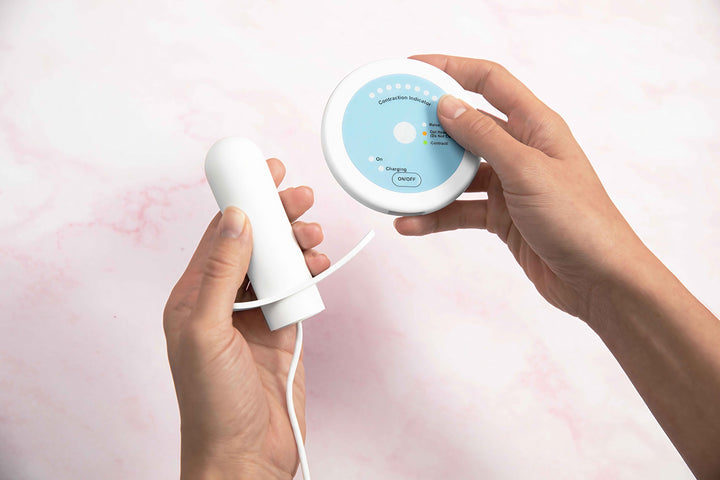6 exercises for pelvic organ prolapse
Do you experience any of these symptoms:
- a heaviness or pressure sensation in your vagina or anus?
- a bulge or a feeling that something is “falling” out?
- difficulty emptying your bladder or bowel?
If you said yes to one or more of these questions, you may have some degree of pelvic organ prolapse (POP).
First, let’s dispel a common confusion. While you may have heard the term “pelvic floor prolapse,” interestingly, the pelvic floor itself does not prolapse. It is the internal pelvic organs that prolapse and descend from their normal anatomical position for a wide variety of reasons.
Pelvic organ prolapse can occur when there is increased pressure downward throughout your abdominal cavity for a prolonged time and/or when the connective tissues and muscles of your pelvic floor no longer properly support the pelvic organs (vagina, cervix, uterus, bladder, urethra). When you lose strength and tone in the pelvic floor, you lose support to these pelvic organs. As a result, the pelvic organs begin to drop from the normal position and can cause sensations of bulging, heaviness, or pressure.
Pelvic organ prolapse is more prevalent than you might think. It's estimated that upwards of 50% of women experience some form of pelvic organ prolapse, a figure expected to rise as the population ages. Risk factors for pelvic organ prolapse include pregnancy, childbirth, pelvic surgery (e.g., a hysterectomy), frequent constipation, obesity, and COPD.
Treatment options range from conservative treatments to surgical interventions and often depend on the severity of prolapse and severity of your symptoms. In addition, there are many self-care measures that may help reduce symptoms by strengthening and toning the pelvic floor muscles and reducing downward pressure into your pelvis. In this guide we offer 6 exercises for pelvic organ prolapse to manage and alleviate symptoms.
1. Learn to breathe
One of the fundamental exercises for prolapse management is learning to breathe properly with your diaphragm muscle. Avoid creating unnecessary increased intra-abdominal pressure when you're engaged in activities like exercise, bending, lifting, or relieving your bladder or bowels. The golden rule? Avoid holding your breath and bearing down. Instead, focus on exhaling during exertion.

Exercise: Practice diaphragmatic breathing. Inhale deeply through your nose, allowing your belly and ribs to naturally expand, and then exhale slowly until your abdomen is in its resting position. Imagine on the inhale that an umbrella is opening under your ribs to allow you to feel your belly and your ribs expand. On the exhale, imagine that same umbrella closing.
2. Reduce the force of gravity
To provide relief for pelvic organ prolapse symptoms, it can be helpful to take pressure off your pelvis and pelvic floor, especially toward the end of the day.

Exercise: Lie on your back with a firm pillow or a yoga block under your pelvis so your hips are higher than your shoulders. You can go one step further and put your legs up on a chair, couch, or an exercise ball. Rest in this position and take deep, relaxing breaths for 5 to 15 minutes.
This same position can be used for pelvic floor strengthening if you are having difficulty contracting your pelvic floor muscles in positions against gravity, such as sitting or standing. Elevating your hips reduces the pull or resistance of gravity on your pelvic floor, making it easier to contract these muscles, often referred to as Kegels. Since one of the pelvic floor's primary roles includes supporting internal organs, rebuilding its strength and tone can effectively alleviate prolapse symptoms.
3. Use “the knack” pelvic floor technique
The knack, an exercise for prolapse, is helpful in protecting the pelvic floor, reducing prolapse symptoms, and improving bladder control for women with stress urinary incontinence. Think of it as a quick Kegel contraction.
Exercise: When about to perform an activity that causes you that feeling of pelvic pressure or heaviness, inhale using your diaphragm (as described above) then exhale and gently squeeze and lift your pelvic floor muscles as you perform the hardest part of the activity. For example, if you feel a sneeze or cough coming on, inhale, squeeze and lift your pelvic floor muscles and hold them while sneezing or coughing. Once done sneezing or coughing, you can relax your pelvic floor muscles back to normal.
The knack can be used with different types of activities that increase intra-abdominal pressure, including coughing, sneezing, blowing your nose, lifting, and moving from a seated position to standing. A great way to remember this is “squeeze before you sneeze”.
4. Coordinate your core and pelvic floor
Mastering the ability to activate and coordinate the deep core muscle, known as the transversus abdominis, is an important technique when it comes to exercises for
The transverse abdominus and pelvic floor muscles work very closely together to reduce downward pressure into your pelvis, contributing to pelvic organ prolapse symptoms. The coordination between these muscle groups is essential for providing adequate support to the pelvic organs.
Exercise: This exercise can be done lying on your back or side with knees bent, sitting, or standing tall. Take a gentle inhale and feel your ribs and belly expand outwards. Now as you exhale, imagine gently drawing your front hip bones together and slightly in toward your spine without clenching your belly button. Aim for a smooth, long exhale. To feel your lower abdominals, you can place your fingers on the inside of your front hip bones while you do this exercise. You should feel a gentle firming and drawing in (not a pushing out); this is your transverse abdominus muscle. Once you feel comfortable with this, include a squeeze and lift of the pelvic floor muscles at the same time as the exhale. Be sure to relax your abdominals and pelvic floor muscles after each squeeze. You should feel your core tighten and draw inwards as you engage your deep core muscles.
5. Use safe lifting techniques
Lifting with proper form is a key aspect of managing POP symptoms because it helps distribute load evenly throughout your body, reducing pressure into your pelvis. Consider using “the knack” pelvic floor exercise and exhaling on exertion, as described earlier, to engage the right muscles and better distribute pressure through the abdomen.
Exhaling as you lift or carry objects helps to promote a stable intra-abdominal pressure and support the natural movement of your diaphragm and pelvic floor muscles. This not only reduces the stress on your pelvic floor but also safeguards against the uncontrolled bearing down of pressure, which can worsen the symptoms of pelvic organ prolapse.
Exercise: As you begin to lift, remember to exhale while exerting force. For example, if picking up your squirmy toddler or even groceries, inhale with your diaphragm as you squat down or bend over, then slowly exhale while contracting your pelvic floor muscles as you pick up your toddler or groceries. Make sure you don’t hold your breath and remember to take another inhale to relax your pelvic floor muscles once you are done.
6. Prevent constipation
Here’s a common concern: can constipation cause pelvic organ prolapse? Prolapse and constipation have an intertwined relationship, and over time chronic constipation and associated repetitive straining with bowel movements can worsen or even cause prolapse. Three essential ingredients to keep your bowels moving efficiently are fiber, hydration, and exercise. Including these into your daily routine can significantly improve constipation which can result in improved prolapse symptoms.
It's also worth highlighting the importance of safe toileting techniques in managing both constipation and pelvic organ prolapse. Practice this next exercise for prolapse while you’re using the bathroom.
Exercise: Begin by using a “squatty potty” or stool under your feet to lift your knees well above your hips when sitting on the toilet. This allows your bowels to empty more efficiently (there’s a reason toddlers get into a squatting position to poop!). Then, think “big belly, hard belly”. Take a deep breath in (“big belly”), keep your belly big by holding the air in there and tighten your stomach muscles (“hard belly”). Then exhale like you are blowing out through a straw and do a gentle anal bulge (“push”) to pass your bowel movement. This should be enough to help your bowel movement exit. If not, do not aggressively strain to push your bowel movement out while holding your breath as this can worsen your pelvic organ prolapse symptoms. Limit time on the toilet to 5-10 minutes.
Expert tip: Bowels love routine. Once you eat and drink, especially in the morning, within about 30 minutes you may need to empty your bowels because you have stimulated your gastrocolic reflex. This reflex is a normal involuntary response following a meal that signals the digestive tract to move food along and out. It is normal to empty your bowels 1-3x/day. Putting off the urge to empty your bowels can contribute to constipation or even fecal incontinence.
If you struggle with chronic constipation (<3 bowels movements per week), consult with your doctor.
BONUS TIPS!
- Pelvic floor strengthening
- Strengthening and toning your pelvic floor muscles support the pelvic organs and improve sensations of bulging, heaviness, or pressure caused by pelvic organ prolapse.
- Looking for something to use at home to strengthen and tone your pelvic floor muscles? Learn more about Flyte. Or connect with our complimentary Ask A (Pelvic Floor) Physical Therapist service to learn if Flyte is right for you. Reach Customer Care at support@flytherapy.com or 1-866-735-8482.
- Pessary use
- In some situations, a pessary may be indicated and can help provide support and symptom relief.
- A pessary can also be a great tool to use in addition to pelvic floor strengthening or other care to see faster progress.
- Talk to your healthcare provider for more information.
Your pelvic health matters
Remember, consistency is key. By incorporating these techniques and exercises for pelvic organ prolapse into your daily routine and combining them with healthy lifestyle choices, you can begin to regain control, confidence, and comfort.
If you’re concerned about POP symptoms, talk to your doctor or seek the help of a qualified pelvic floor physical therapist. A pelvic floor physical therapist can assess your individual case and treat you accordingly, if you find you are having difficulty. If you’re not sure where to start, schedule a complimentary call with our Ask A (Pelvic Floor) Physical Therapist service for some guidance. No pressure, just free education and support. Learn more here.
Additionally, The Voices for PFD website is an excellent resource for women who want to learn more about their treatment options.
_____________________________________________________________
















